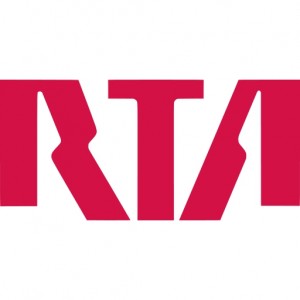
The Greater Cleveland Regional Transit Authority (GCRTA) is using less energy, saving money, improving air quality, and reducing its greenhouse gas emissions through building improvements funded by the U.S. Department of Transportation’s TIGGER program.
GCRTA’s Cleveland Energy Conservation Project is reducing electricity use in 10 facilities through a variety of strategies. With $2.3 million in TIGGER funding, the agency is upgrading its lighting and lighting controls and has replaced leaky, inefficient doors and a poorly insulated roof. The improvements are projected to reduce GCRTA’s facility-related energy consumption by 31%, amounting to nearly $500,000 in annual energy savings and yielding a payback period of 4.5 years on the TIGGER investment.
GCRTA conducted an energy review and identified a need for 22,590 new light bulbs, fixtures, and sensors in the 10 facilities. So the agency is replacing old T12 fluorescent lights with higher-efficiency Lake Erie Electric T8 fluorescent lights. The T8 lighting employs electronic ballasts in place of the older, less efficient magnetic ballasts. In some locations, T8 fluorescent fixtures are replacing high-intensity discharge (HID) lighting that uses metal halide technology. GCRTA is achieving additional energy savings by upgrading its facilities’ lighting controls. Timers, motion detectors, and scheduled lighting reduction during off hours are being used instead of manual controls.
An infrared energy survey detected problems with the roof in GCRTA’s Woodhill Bus Garage—moisture compaction had rendered the insulation inadequate in a 48,000-square-foot area. Roofing contractor T & F Systems installed a new roof with rigid insulation that improves thermal performance and will reduce long-term operational maintenance needs. GCRTA also replaced the 25-year-old overhead doors in its central rail service facility. The old doors had leaky seals, faulty panel joints, and slow retraction time, all leading to wasted energy. The new doors, from Barbicas Construction, open and close more quickly and prevent indoor air from escaping.